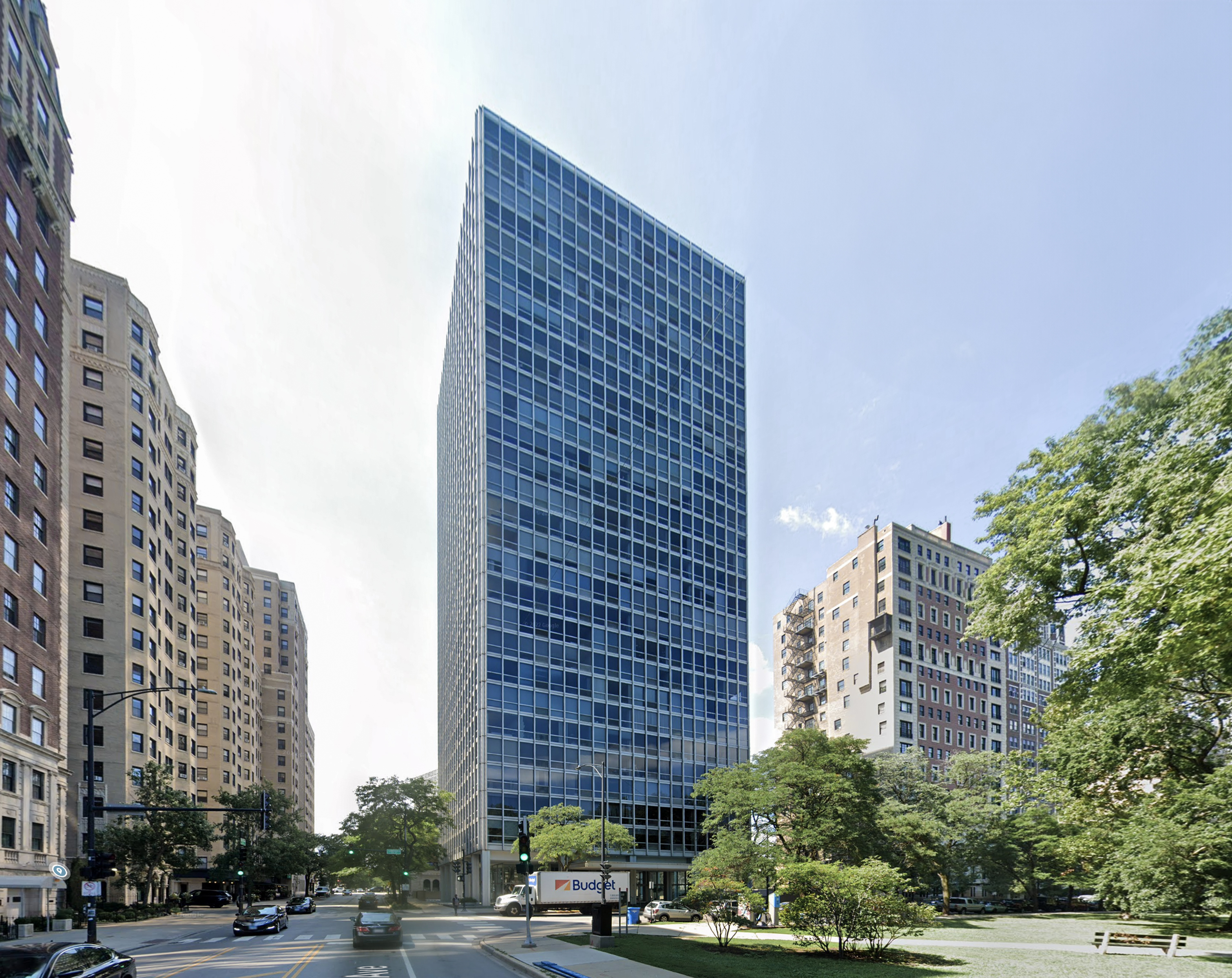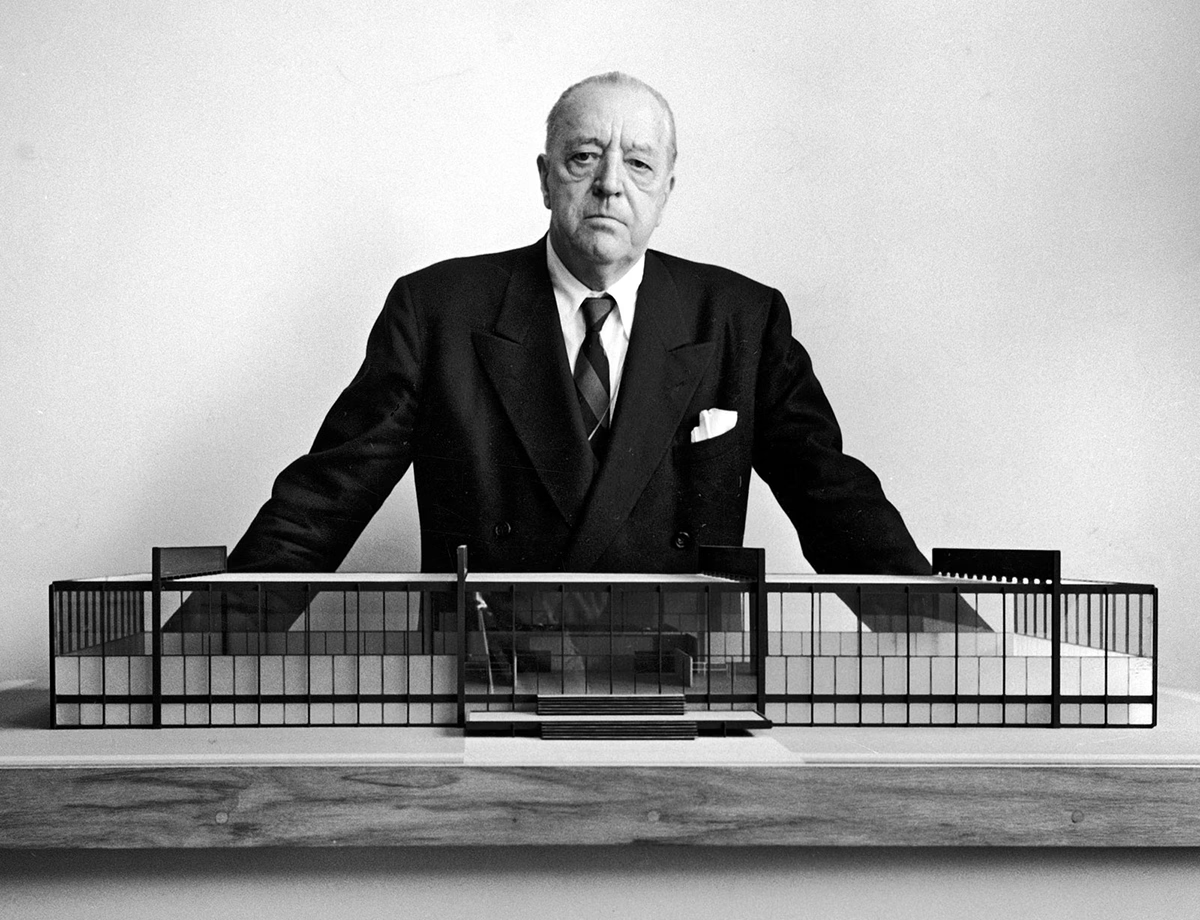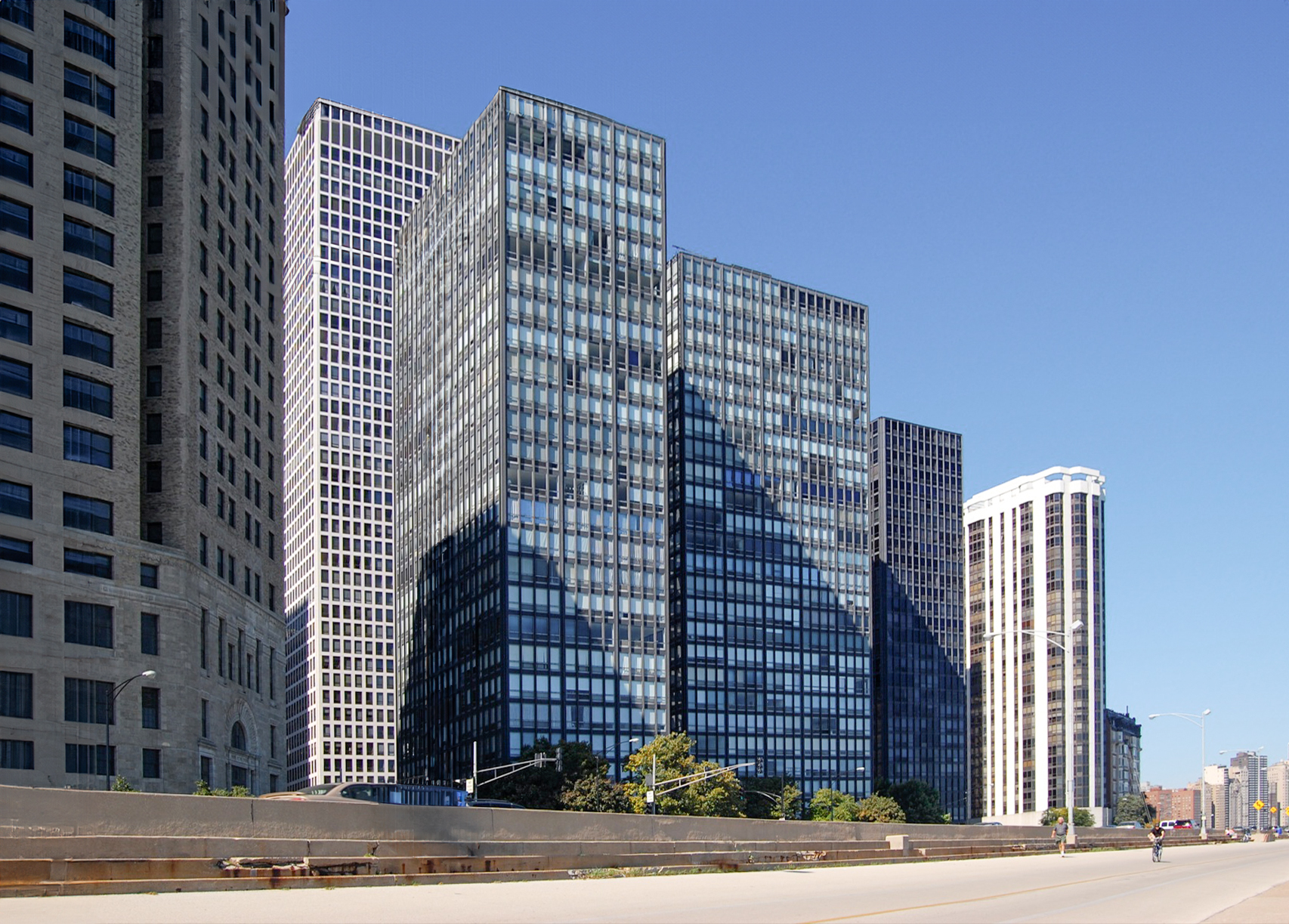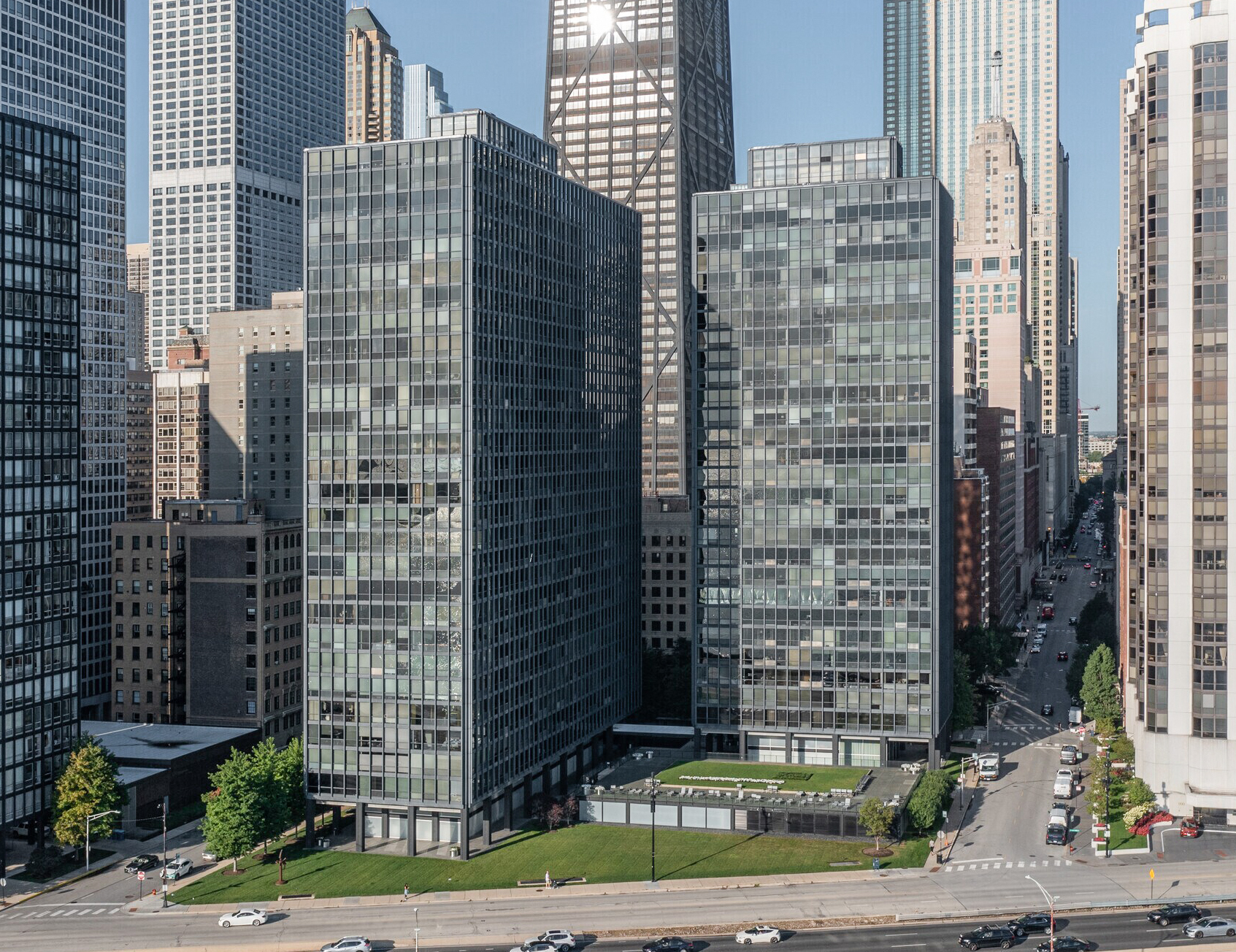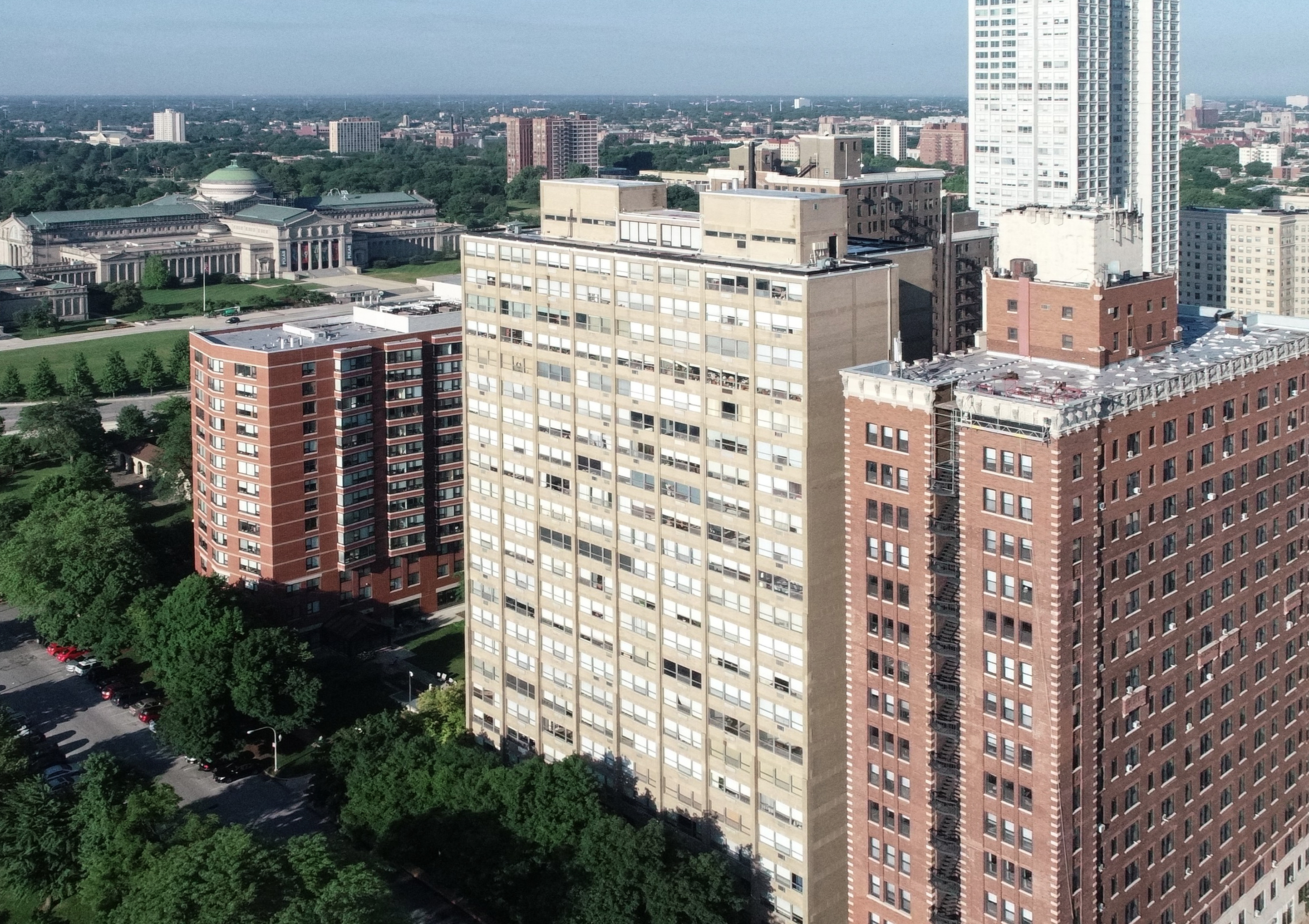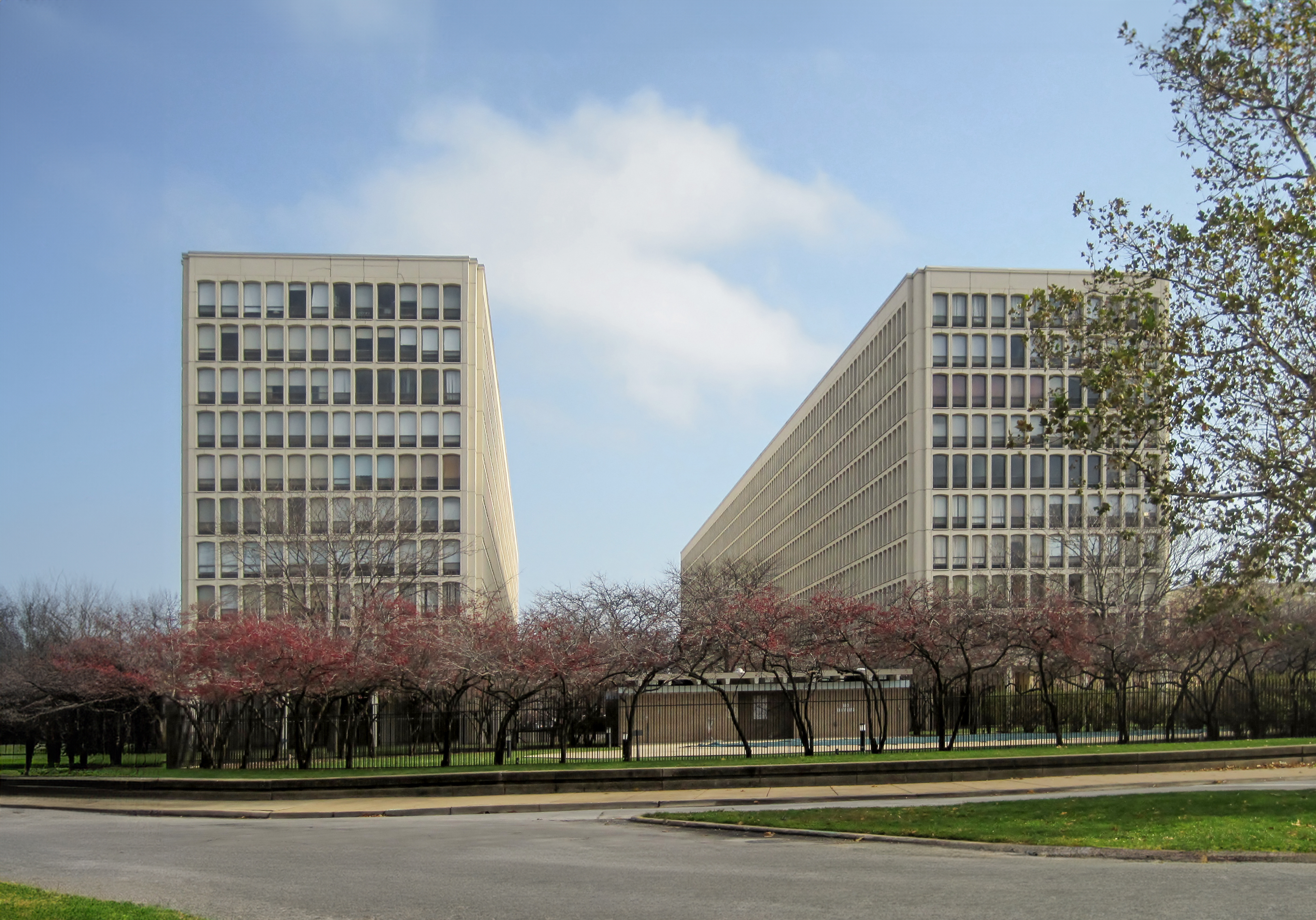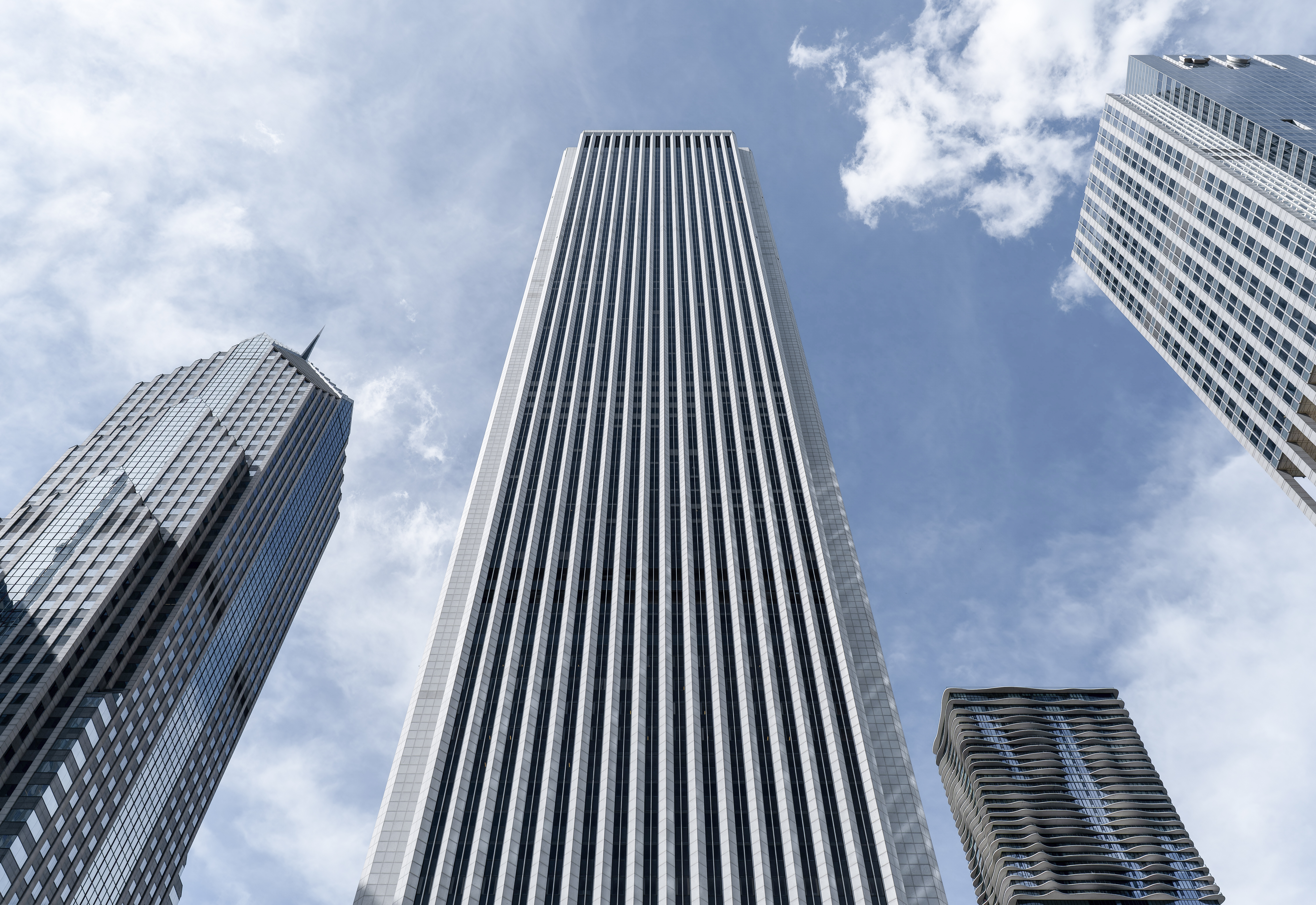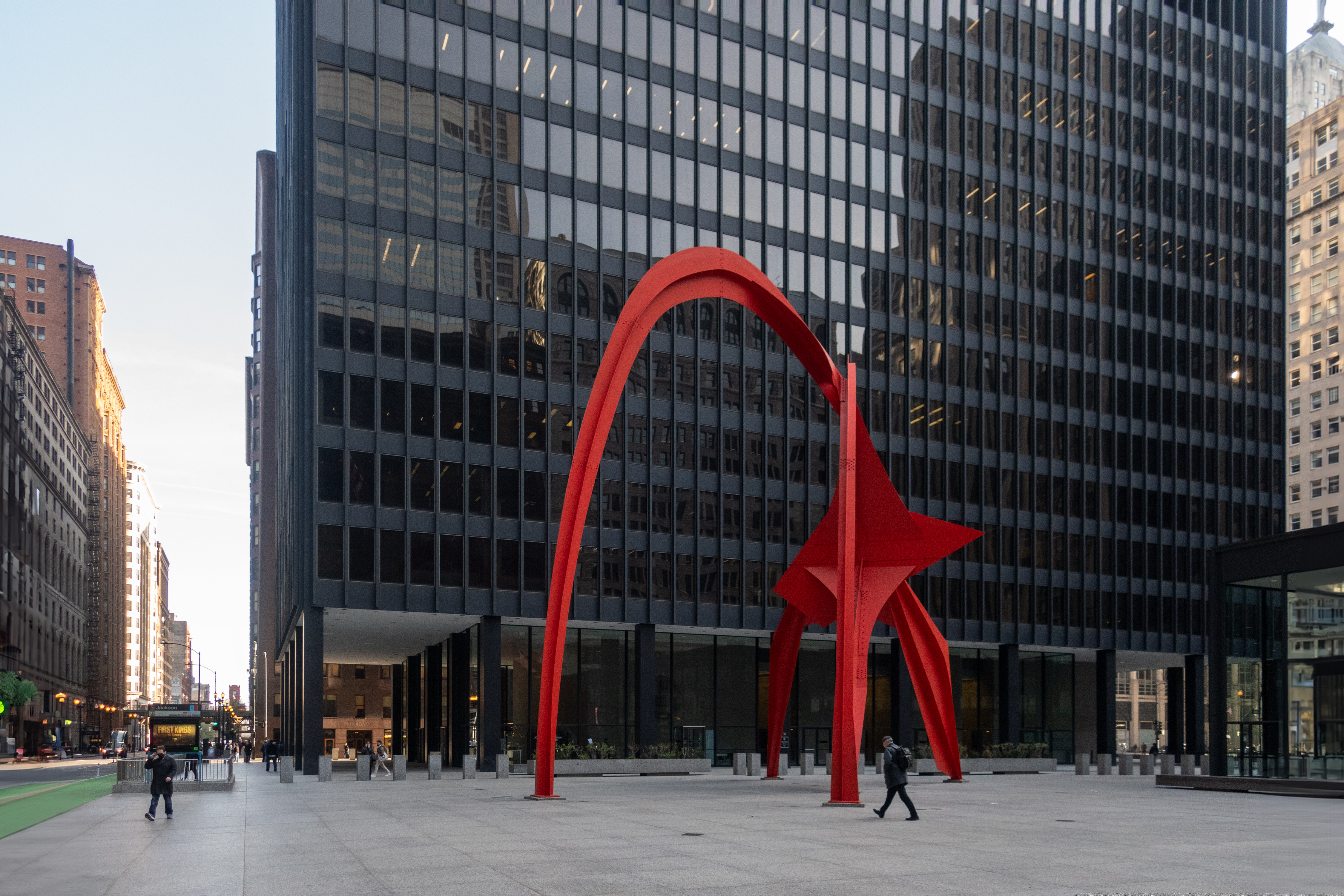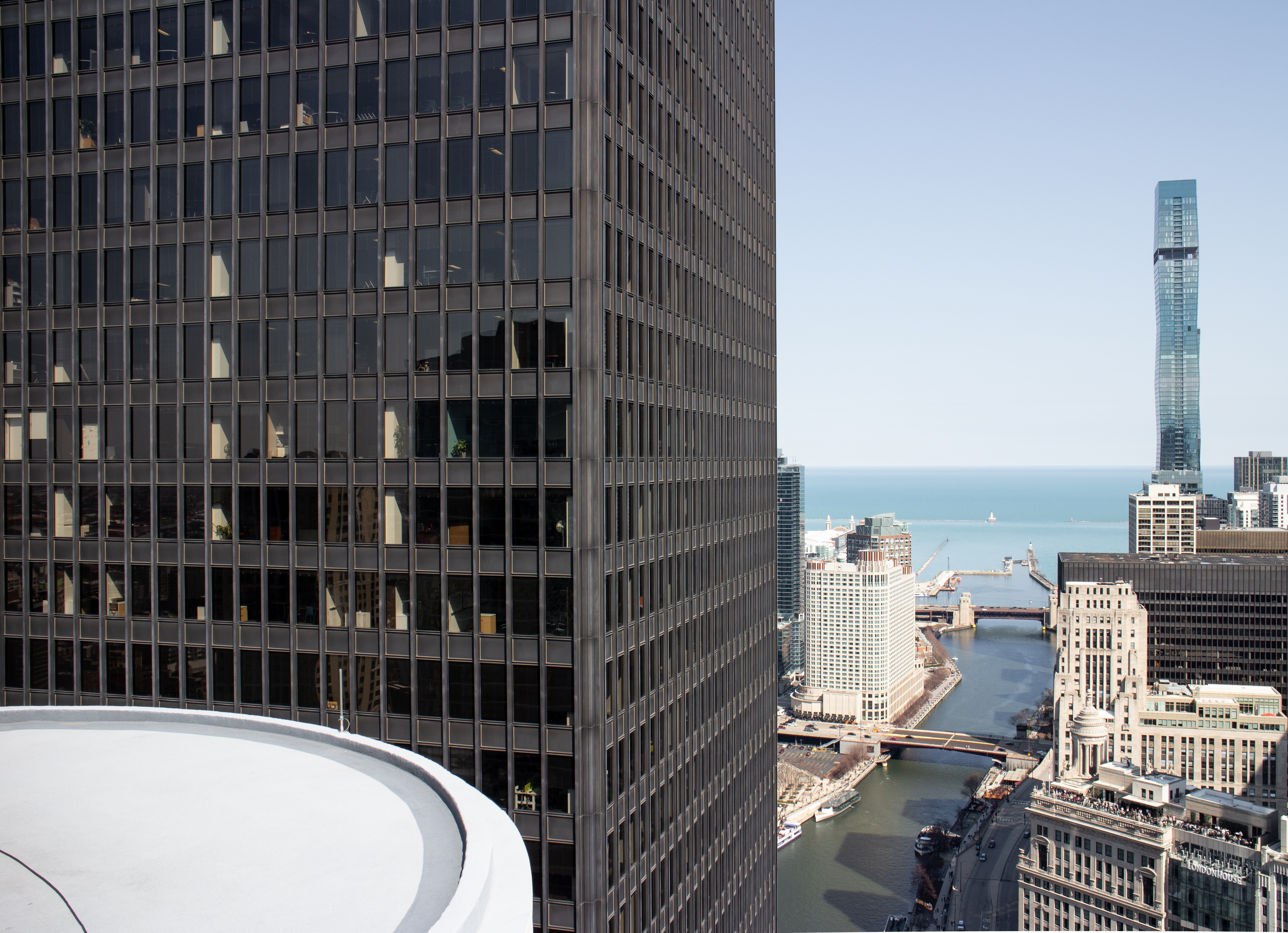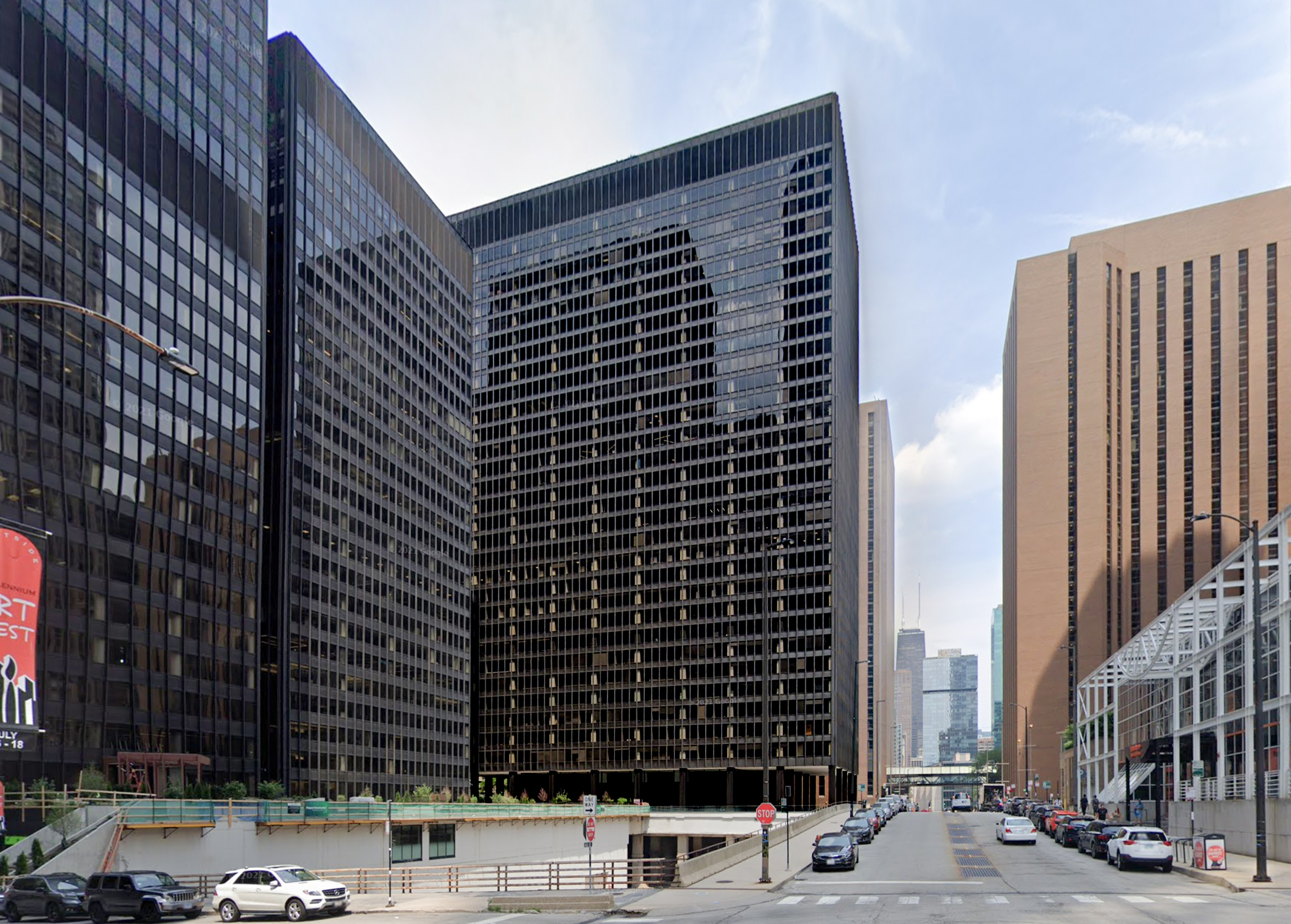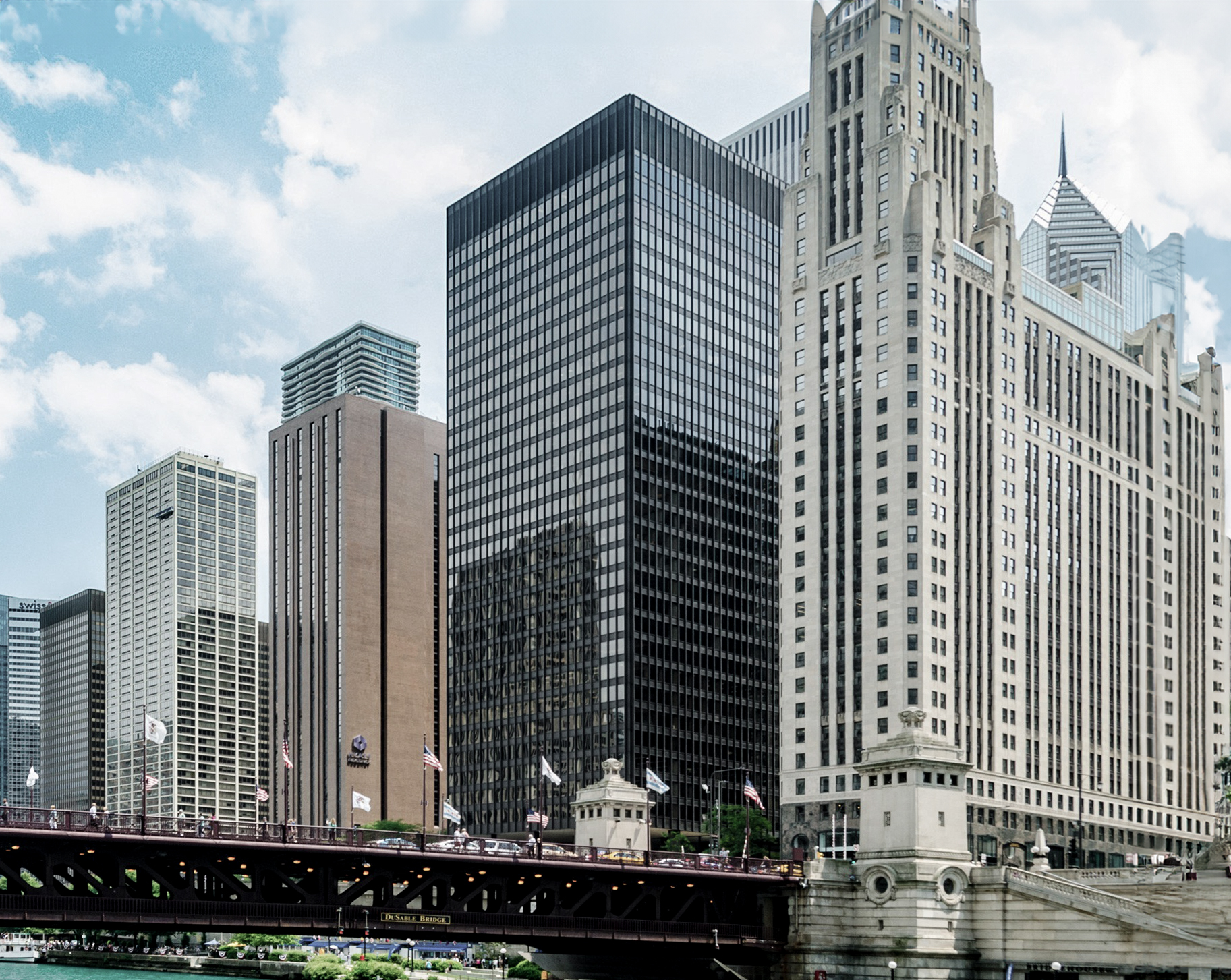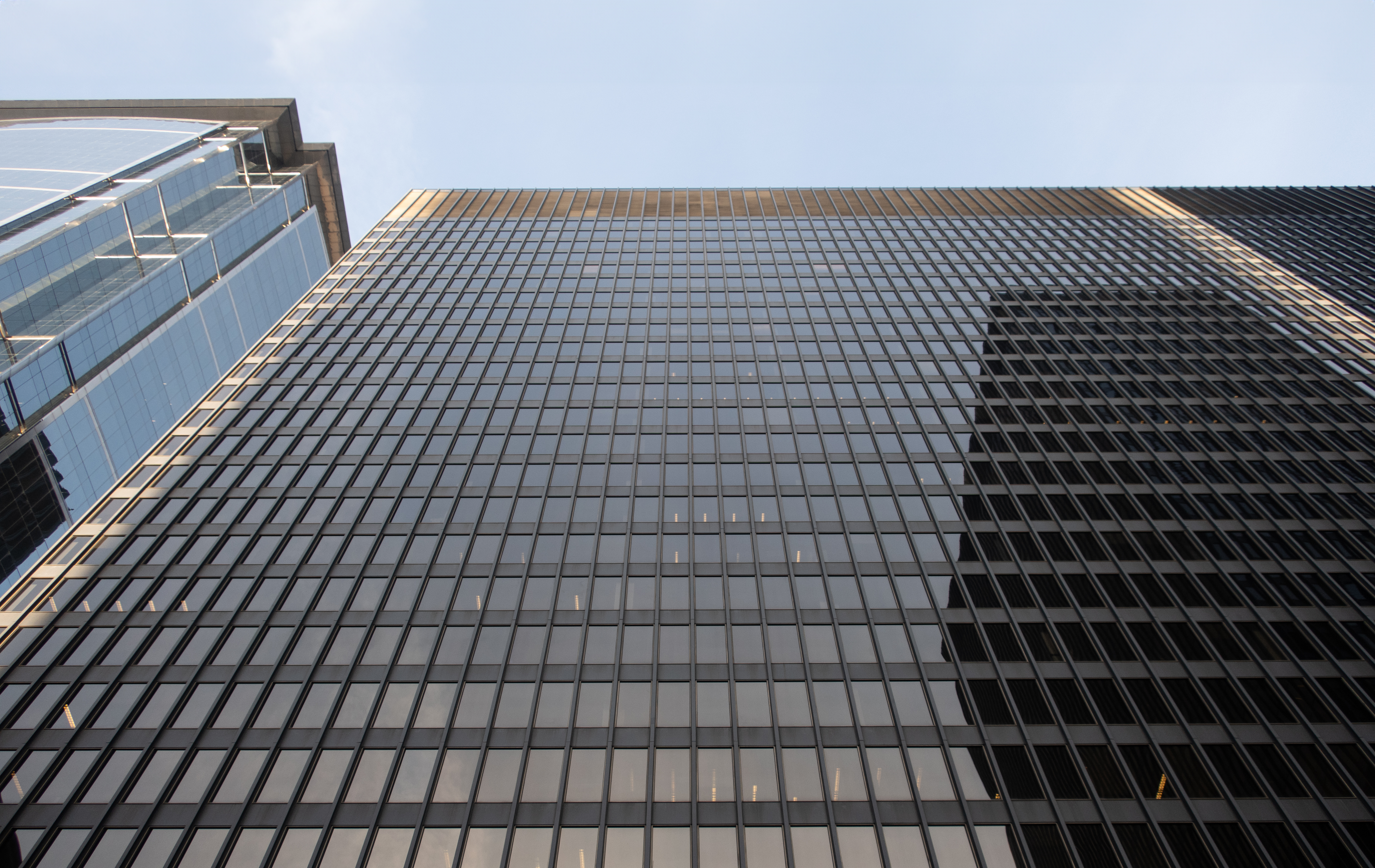The 2400 Lakeview Apartments is an International Style skyscraper designed in 1960 by Mies van der Rohe, and built between 1961 and 1963 in Chicago, IL.
Its precise street address is 2400 N Lakeview Ave, Chicago, IL. You can also find it on the map here.
The building, that appeared in the movie 'What Women Want', was Mies van der Rohe's final residential building in Chicago.
At the time of its completion in 1963 the 2400 Lakeview Apartments incorporated solutions that were quite advanced at the time, these included centralized air conditioning system.
